
|
ECGbook.com Making Medical Education Free for All |
Upload ECG for Interpretation |

|
ECGbook.com Making Medical Education Free for All |
Upload ECG for Interpretation |


Wide Complex Tachycardia
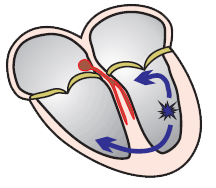

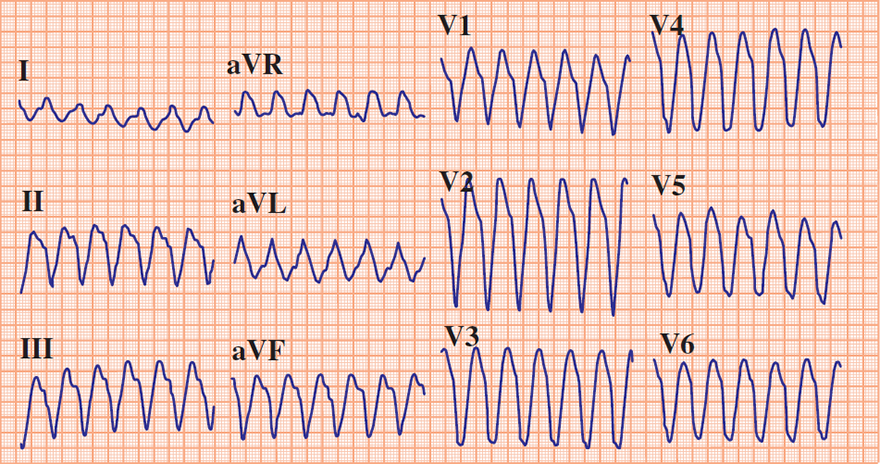
Wide Complex Tachycardia
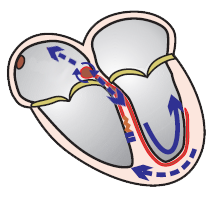
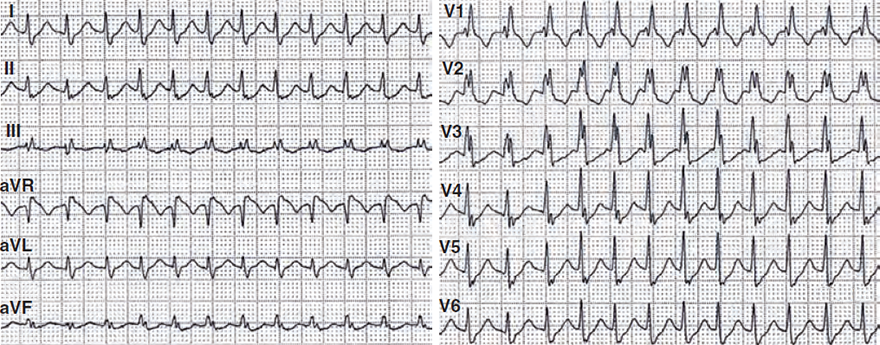
Wide Complex Tachycardia


Wide Complex Tachycardia
Sources
Wide QRS Complex
|

|
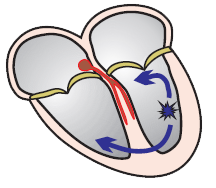
|

|

|


Wide Complex Tachycardia
ECG and Ventricular Tachycardia
|

|

|
Wide Complex Tachycardia
|

|

|
Wide Complex Tachycardia
|
 |

|
Wide Complex Tachycardia
|

|
Sources